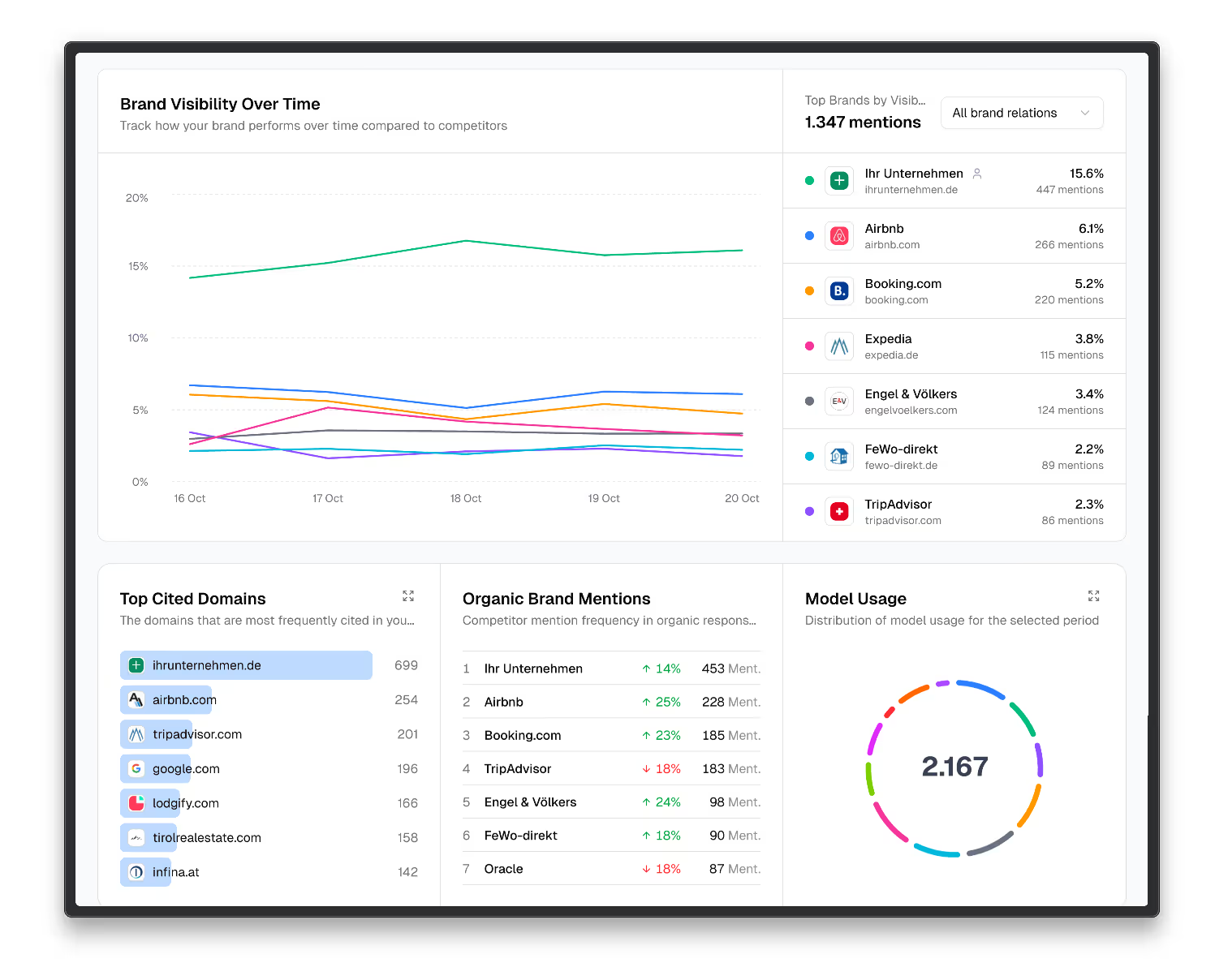Was ist User-Experience-Design (UX-Design)?
User-Experience-Design (UX-Design) bezeichnet einen ganzheitlichen Ansatz zur Gestaltung von Produkten, Systemen und Dienstleistungen mit dem Ziel, die Nutzererfahrung und Zufriedenheit bei der Interaktion mit digitalen Lösungen zu optimieren. Ziel des UX-Designs ist es, dass Nutzer bei der Verwendung einer Website, App oder eines Produkts eine positive, intuitive und bedeutungsvolle Erfahrung erleben.
Wichtige Aspekte des UX-Designs:
- Nutzerorientierung:
Grundlage des UX-Designs ist ein tiefes Verständnis der Bedürfnisse, Erwartungen und Verhaltensweisen der Nutzer, häufig gewonnen durch Nutzerstudien und gezielte Untersuchungen. - Informationsarchitektur:
Die logische Struktur und Organisation von Inhalten auf Websites oder Apps, um eine intuitive Navigation und übersichtliche Benutzeroberflächen sicherzustellen. - Interaktion und Benutzerfreundlichkeit:
Nutzeroberflächen sollten klar und intuitiv sein, um eine reibungslose und effiziente Interaktion zu gewährleisten. Regelmäßige Usability-Tests und Nutzerfeedback helfen, diese kontinuierlich zu optimieren. - Ästhetisches Design:
Ein ansprechendes visuelles Design fördert die positive Wahrnehmung, muss aber stets funktional und benutzerfreundlich gestaltet sein. - Barrierefreiheit:
Produkte sollten für möglichst viele Menschen zugänglich sein, einschließlich Nutzer mit Einschränkungen oder Behinderungen. - Konsistenz:
Einheitliches Design und gleichbleibende Nutzerführung über verschiedene Plattformen und Produkte hinweg erhöhen die Benutzerfreundlichkeit und erleichtern die Bedienung. - Emotionale Bindung:
Ziel des UX-Designs ist es auch, positive Emotionen beim Nutzer hervorzurufen und langfristige Bindungen zum Produkt aufzubauen. - Iterativer Prozess:
UX-Design ist ein kontinuierlicher, dynamischer Prozess, der auf regelmäßige Iterationen und Nutzerfeedback setzt, um Produkte stetig zu verbessern.
Einsatzbereiche von UX-Design:
UX-Design ist essenziell in der Webentwicklung, App- und Softwareentwicklung sowie im Produktdesign. Ein erfolgreicher UX-Prozess stellt sicher, dass Produkte nicht nur effizient und funktional sind, sondern den Nutzern auch eine positive, erfüllende Erfahrung bieten. Dies führt zu einer stärkeren Kundenbindung und erhöht den langfristigen Erfolg des Produkts auf dem Markt.
Fazit:
Effektives UX-Design verbessert die Nutzererfahrung, steigert die Kundenzufriedenheit und schafft Produkte, die langfristig überzeugen und erfolgreich sind.




